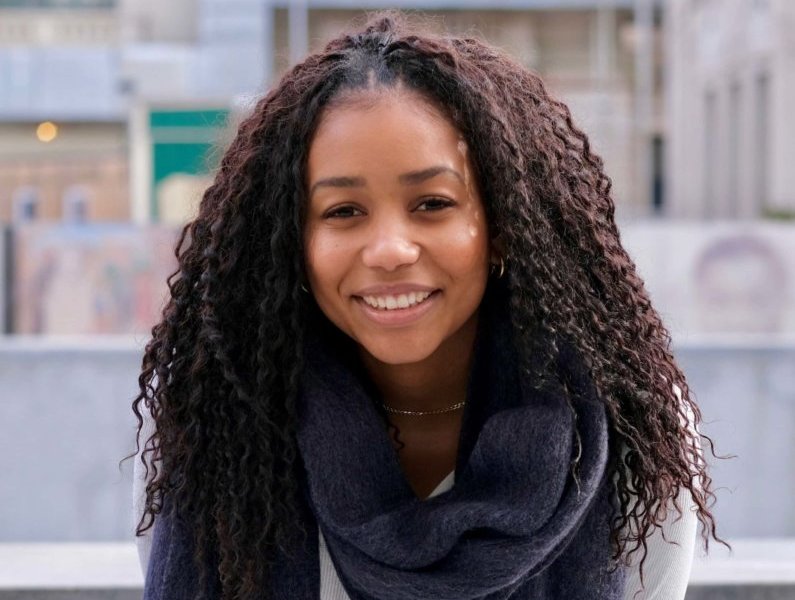What has the last year yielded for you?
Last summer, I did a community service fellowship with the Joint Center for Housing Studies, through which they fund their fellows to help a local community-based organization related to housing. I was placed at the Center for Urban Pedagogy in Brooklyn, where I learned new strategies to make public policy and planning initiatives more accessible and relevant to local residents. It was a really cool experience. After that, I wanted to continue advancing my skills in communication design through the GSD’s option studio track. Last semester, I was very excited to win the lottery to enter Toni Griffin’s studio Urban Legacy Lands: Protopian Futures. I was thrilled to have the opportunity to work with her as she is one of the professors who really drew me to the GSD in the first place. There, I learned about the rich history of Indianapolis and how narratives help construct planning and design interventions.
What did you learn from your last Phil Freelon Fellowship?
It really got me to embrace the power of teamwork and relationship building. For example, you always have to be communicating with your teammates about how much of an equity or sustainability lens you want to incorporate into a project so that you can include as much as possible to get a better, healthier end result. It set me up with the skills to work through issues with people in the field. I’m extremely grateful for that.
What’s your concentration at GSD and what interests you in that?
I’m focusing on environment, climate, health, and urban design. My undergraduate studies at the University of Connecticut were in environmental studies and political science, but the reason I came to GSD was to learn about planning in a design context.
What are you hoping to do after GSD?
I’ve been thinking about that more lately. I’m really excited for the next chapter of my life once I graduate in May. But if you asked me even a week ago, I might not have had a concrete answer. Now, I’m considering planning positions with a municipality that cares about sustainability and racial justice, because I want to always have a role which uplifts the voices of marginalized communities.
How do you think the design profession needs to grow?
I think we need a more approachable lens to truly make design a more accessible service for our communities. We need to steer away from the overly academic language because it doesn’t resonate with them. A question a lot of my peers and I are asking is how can we get the community involved in the more technical aspects of the design process? I’m still learning, but I hope to learn some new innovative solutions to this question in whatever work I do in the future.
